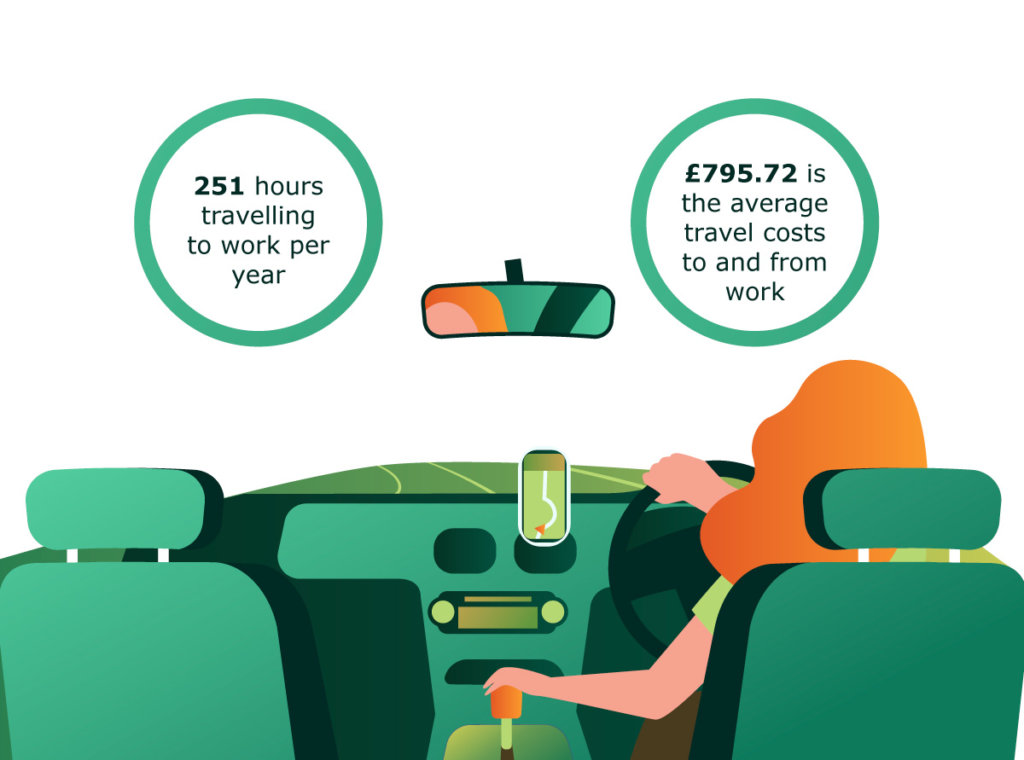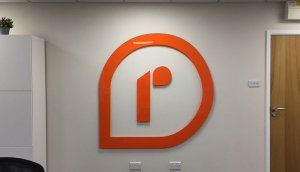
Typical costs of an office fit out
A guide to what you might expect to pay for typical aspects of a fit out
COVID-19 and its associated lockdowns have caused an enormous amount of anxiety among employees and business owners alike. There are scores of as-yet unanswerable questions on all our minds, but one question we can answer is what we can do about our offices. In this article, we discuss not only how much we can save by downsizing our office space, but all the other benefits we may not have considered…
Reports of the office’s death have been greatly exaggerated. It is true that we have all woken up to the benefits of working from home, but we’ve also woken up to the negatives. A clear delineation between work and home life, a chance to get out of the house, socialising, collaborating on projects at a faster pace. These are all things we miss out on without having an office to go to. According to a study published late last year (Download the People & Places Report), at least 80% of us can’t wait to get back to working in an office for at least some of the working week.
This doesn’t present too much of a problem in the short term. While social distancing measures are in place, a return to the office will have to be phased, flexible and, well, socially distanced. Maybe only half of your workforce will be in the office at any one time while the rest work from home and, because of the mandated 2 metre gap around every colleague, your office will be more or less at capacity.
In the long-term, if you find that you and your employees both appreciate this flexible way of working once social distancing eventually ends, you’ll suddenly find there’s an awful lot of space going unused on a day-to-day basis. Space that represents cost in terms of rent, heating, cleaning, furnishing, etc.
Of course, if you were to commit to this way of working, this space represents an opportunity to reduce your overheads and scramble back some of the cash that may have gone to waste over the lockdown period.
Under normal circumstances, according to the BCO density survey, a company employing 100 people would require 10,000 square feet of space to enable them to operate at 100% occupancy, with every employee sat at a dedicated desk, the required collaborative, circulation and kitchen space, as well as other facilities. In other words, roughly 100 sq ft per person.
Accounting for both “hard” and “soft” facilities management services (FM), the average cost to operate a building of that size in Birmingham, for example, would be £73.28 per sq.ft per annum, equating to £7,328 per workstation and £732,800 total per year (see full break down below).

2020 Numbers based on new buildings)
These are just averages, and they may not be exactly what you’re paying but they are a starting point so we can give you a good idea of the kind of savings that can be made. If your organisation owns your own building, you’ll have to remove rental costs from your calculations, but the other costs will no doubt still apply.
So, let’s say all has gone well and, even though COVID is a distant memory and social distancing is a thing of the past, the experience has nonetheless inspired in your business a change in culture. Enabling people to work remotely at certain times of the week while still offering a working environment that supports staff, providing a space for teamwork and to come and engage with colleagues and clients etc. causing your occupancy to drop by half. In this situation, if you’re brave, you might consider halving the size of your office.
Obviously downsizing the office to 5,000 sq ft from 10,000 sq ft comes with immediate savings. It doesn’t take a lot of mental gymnastics to work out that our office in Birmingham would now be spending £366,400 per annum, reducing overheads by half.
Let’s say you want to better support the kind of collaboration the office will now be primarily used for; you want to house the same number of people at desks but add some space for breakout and creative-thinking sessions and client entertainment. Even if you were to only downsize to 6,000 sq ft, (equating to £439.680 per annum), that would still be a saving of over £293,000 per annum on the office costs alone, and in practice your office will even feel roomier.
You can start to re-evaluate meetings. Not only will Zoom meetings be far more common than they were before the pandemic, but the extra space you’ve dedicated to client entertainment means you can hold more meetings in your office, instead of visiting clients.
Having clients visit you means less travel time for your staff. Reduced travel means reduced mileage, and that means reduced fuel and maintenance costs. There’s also time; employees who have previously spent 30% of their paid time on the road could now conceivably reduce that by at least half, allowing more time being productive.

There’s also the impact of having less people travelling to work every day. The average person in the UK spends over 10 days (251 hours) travelling to work per year, that’s an average journey time of 65 mins per day, at a cost of £795.72 per year. Now the most used mode of transport is the car, equating for 57% of journeys to and from work, in contrast with the other end of the scale only 6% of commutes are by cycle.
Of course, there is a clear environmental impact to having less people in the office. You may feel like that doesn’t directly impact your bottom line, however people tend to prefer to do business with socially and environmentally conscious companies but there’s another benefit.
Lateness. When you factor in traffic and the unreliability of transport, you’re bound to experience a decent amount of early-morning absenteeism over the year. Absenteeism comes with a cost and it’s not one employees have to front. Halving the number of people in the office will reduce the amount of lateness you experience by at least half, and potentially more if more businesses adopt this way of working. Traffic might even become a thing of the past (we can dream). Either way, workers who are on time spend more time at their desks and tend to be less stressed, that means more productive hours for you.
One other thing to consider is bills. In a study by the BBP, the average cost for gas, electricity and water in office environments was found to equate to 2.88 per square foot. When we take our sample organisation working from a 10,000 square foot office space, you are looking at a year cost just on utilities of £28,000. Obviously halving your office size immediately halves this cost, but again, there’s more savings to be had.

Before adopting a flexible/agile/hybrid working style, you were probably using PCs rather than laptops. The average desktop set-up cost around £71 per year to run and using our 100-person office, this equates to a £7,100 cost per year. In comparison a 45w laptop, the kind of tech you’d need to support an office system where half the time staff work from home, costs as little as £13 per year. That’s a saving of £5,800 per year.
So, all in all, it’s hard to say exactly how much you could save and what all the benefits would be but ultimately, downsizing will come with both obvious and not-so obvious opportunities to save cash, reduce overheads and be more productive.
Flexible working is here to stay. We know we can do it, we know the benefits, but the office is here to stay too. For all the anxiety COVID has caused us, it will improve the way we work and leave us with the best of both worlds.
Article bibliography:
https://www.businesselectricityprices.org.uk/interactive-cost-calculator/
https://i.emlfiles4.com/cmpdoc/1/6/6/2/5/files/583928_2019-06-10757-tocs-summary-cost-breakdown.pdf
Advice Centre Topics
Related Content

A guide to what you might expect to pay for typical aspects of a fit out
Content that may interest you

Often the most stressful things about an office move is getting IT systems back up and running. Having recently undergone and office refurbishment of their own, our colleagues at Resolve IT are best placed to highlight the most important IT issues to factor in.

Weighing up the pros and cons of various finance options for a fit out

A handy timeline that guides you through the processes and stages of a typical office fit-out project.

Modern businesses are increasingly considering ditching the standard in favour of more dynamic, agile spaces – which aim to utilise the office space to its full potential – down to every last square foot
Do you have an office fit-out project you would like to discuss?
Contact us for a no obligation discussion
Dale Office Interiors
Broombank Rd, Sheepbridge Ln, Chesterfield
S41 9QJ
Phone: (0)114 233 1115
Email: [email protected]